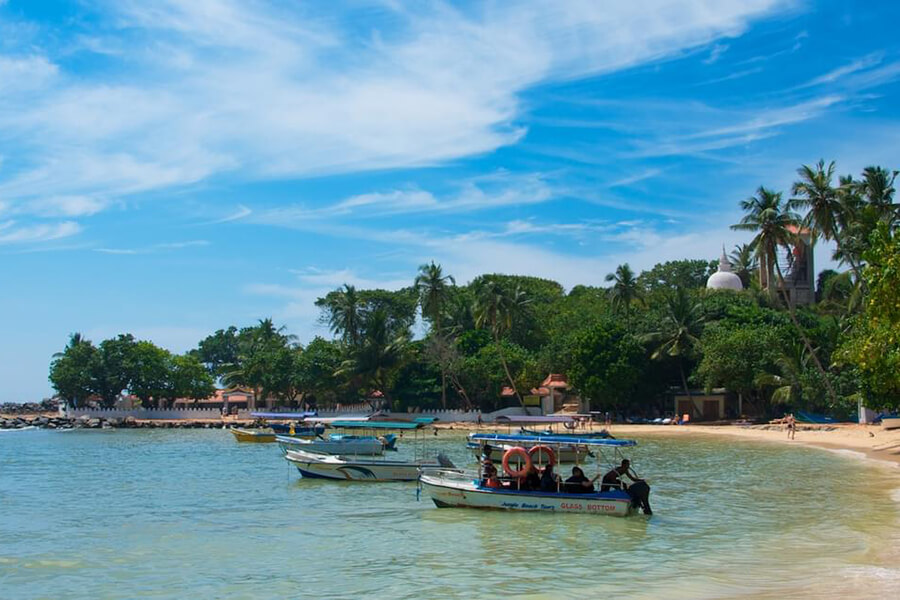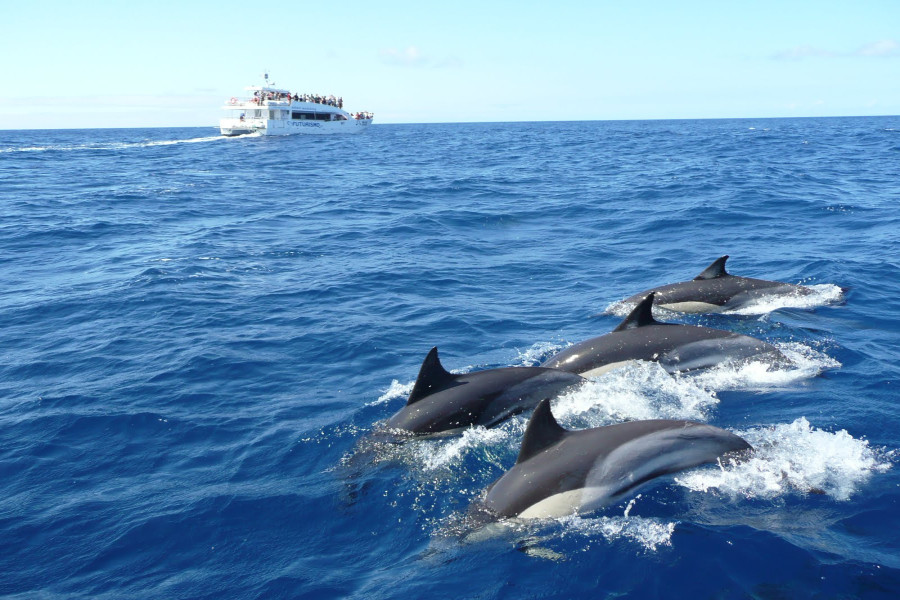Introduction to Galle Fort Galle Fort, a UNESCO World Heritage Site, is one of Sri Lanka's most historic and charming destinations. Located on the southern coast of the island, this well-preserved fortification offers a unique blend of history, culture, and stunning coastal scenery. Originally built by the Portuguese in the late 16th century and later expanded by the Dutch, Galle Fort stands as a testament to the island’s colonial past and is a vibrant cultural hub that attracts visitors from around the world.
Historical Background Galle Fort’s history dates back to the 1500s when the Portuguese first constructed a fortification on the site to protect their colonial interests. The Dutch took control in the mid-17th century and significantly expanded the fort, creating the impressive structure that stands today. The fort played a strategic role in maritime trade and defense, and its architecture reflects a blend of European and local influences. Galle Fort was declared a UNESCO World Heritage Site in 1988, recognizing its historical and architectural significance.
Key Attractions in Galle Fort
Galle Fort Ramparts
- The ramparts of Galle Fort are one of its most striking features. These fortifications offer panoramic views of the Indian Ocean and the surrounding city. Visitors can stroll along the ramparts, enjoying the sea breeze and the picturesque landscape. The walk around the fort’s perimeter is a highlight, providing stunning views of the ocean and the fort’s historic structures.
Dutch Reformed Church
- The Dutch Reformed Church, located within the fort, is a significant historical and architectural landmark. Built in the 18th century, the church features a classic Dutch colonial design with beautiful wooden pews and a serene atmosphere. The church’s cemetery, with its well-preserved gravestones, offers a glimpse into the lives of those who lived and worked in Galle during the colonial era.
Galle Lighthouse
- The Galle Lighthouse, situated at the southwestern tip of the fort, is an iconic symbol of Galle. Built in 1939, the lighthouse offers panoramic views of the coastline and the ocean. Its white and red striped design is a charming addition to the fort’s historic landscape. Visitors can enjoy the lighthouse’s scenic surroundings and learn about its role in maritime navigation.
National Maritime Museum
- The National Maritime Museum, housed in a former Dutch warehouse, provides an in-depth look at Sri Lanka’s maritime history. The museum’s exhibits include artifacts from shipwrecks, maritime navigation tools, and models of historical ships. It’s a great place to learn about the island’s seafaring heritage and its connections to global trade.
Old Gate
- The Old Gate, also known as the Main Gate, is one of the original entrances to Galle Fort. Built by the Dutch in the 17th century, the gate is adorned with inscriptions and Dutch coats of arms. It serves as a historical entry point into the fort and offers a glimpse into the fort’s past defenses.
Fortress Walks
- Exploring the narrow streets and alleys within Galle Fort is a delightful experience. The fort’s charming colonial architecture, boutique shops, and cozy cafes create a vibrant atmosphere. Visitors can wander through the fort’s cobblestone streets, discovering hidden gems, local crafts, and delicious Sri Lankan cuisine.
Maritime Museum Gardens
- The gardens surrounding the National Maritime Museum are a peaceful retreat within the fort. The well-maintained gardens offer a serene environment for relaxation and reflection. Visitors can enjoy the greenery, take a leisurely stroll, and appreciate the beautiful landscaping.
Cultural Significance Galle Fort is not only a historical monument but also a living cultural center. Its blend of colonial architecture and contemporary art makes it a unique destination for cultural exploration. The fort’s vibrant arts scene, with galleries, craft shops, and cultural events, adds to its charm. The fort also hosts various festivals and events, including the Galle Literary Festival, which attracts international authors and literary enthusiasts.
Exploring Galle Fort Galle Fort is best explored on foot, allowing visitors to fully appreciate its historic buildings, charming streets, and scenic views. The fort’s compact size makes it easy to navigate, and guided tours are available for those who want to learn more about its history and significance.
Accommodation and Dining Galle Fort offers a range of accommodation options, from luxury hotels with historic charm to boutique guesthouses. Many of these establishments are housed in beautifully restored colonial buildings. The dining scene within the fort features a variety of options, including Sri Lankan restaurants, international cuisine, and cafes offering delightful pastries and coffee.
Best Time to Visit The best time to visit Galle Fort is during the dry season, from December to April, when the weather is pleasant and ideal for outdoor exploration. The fort can be visited year-round, with each season offering a different experience. The fort’s coastal location provides a refreshing escape from the tropical heat.








